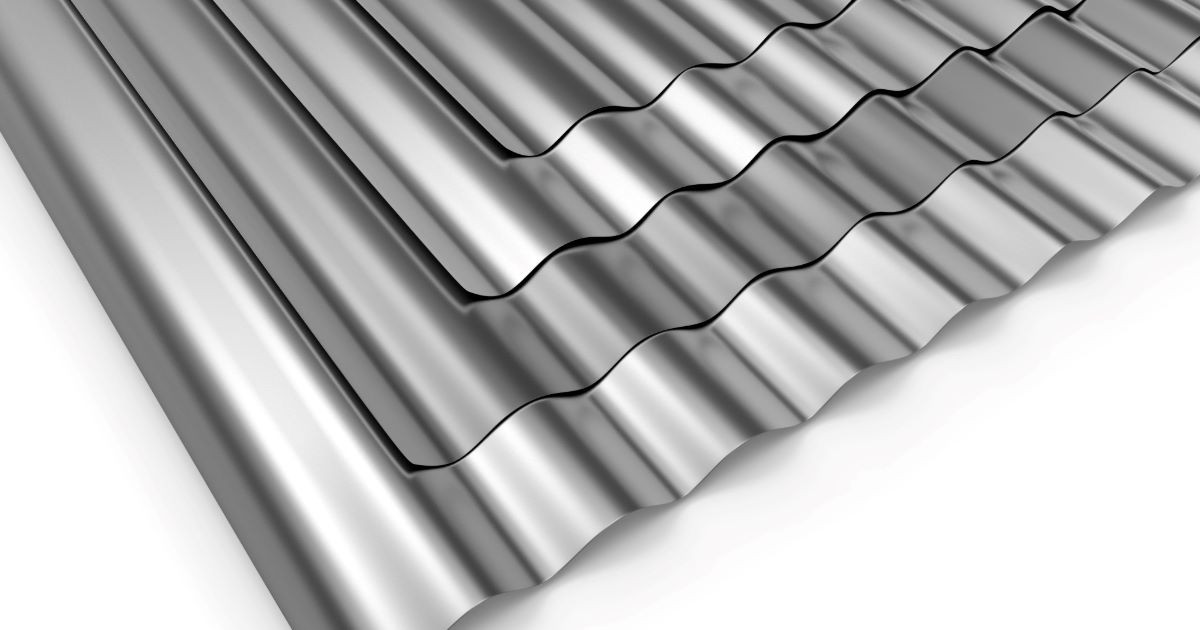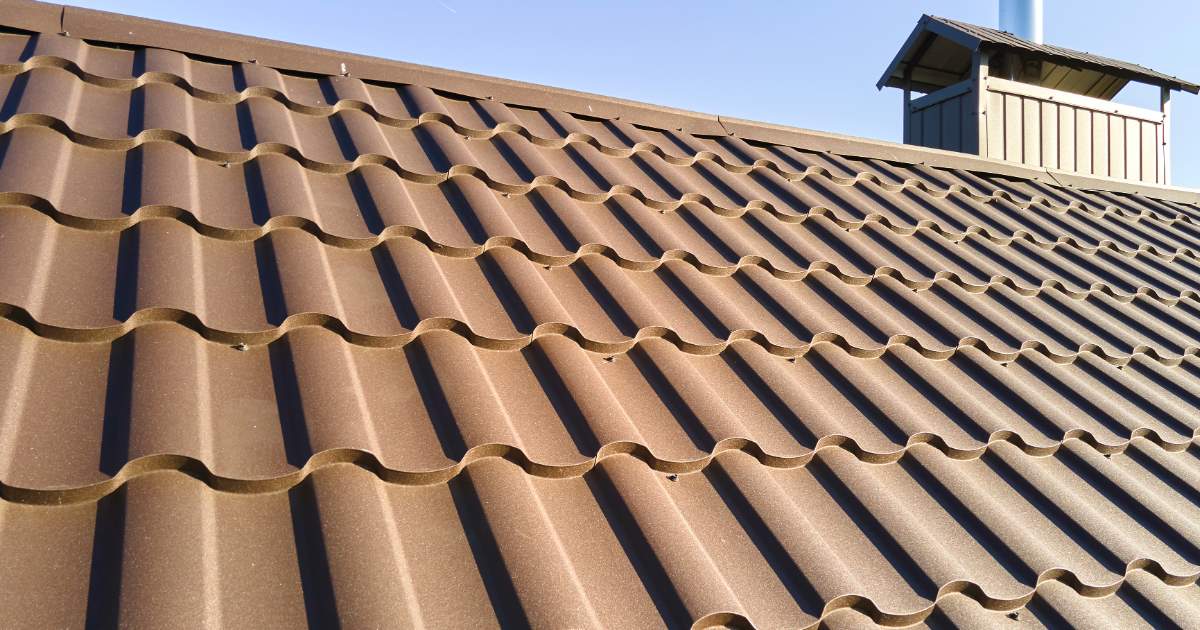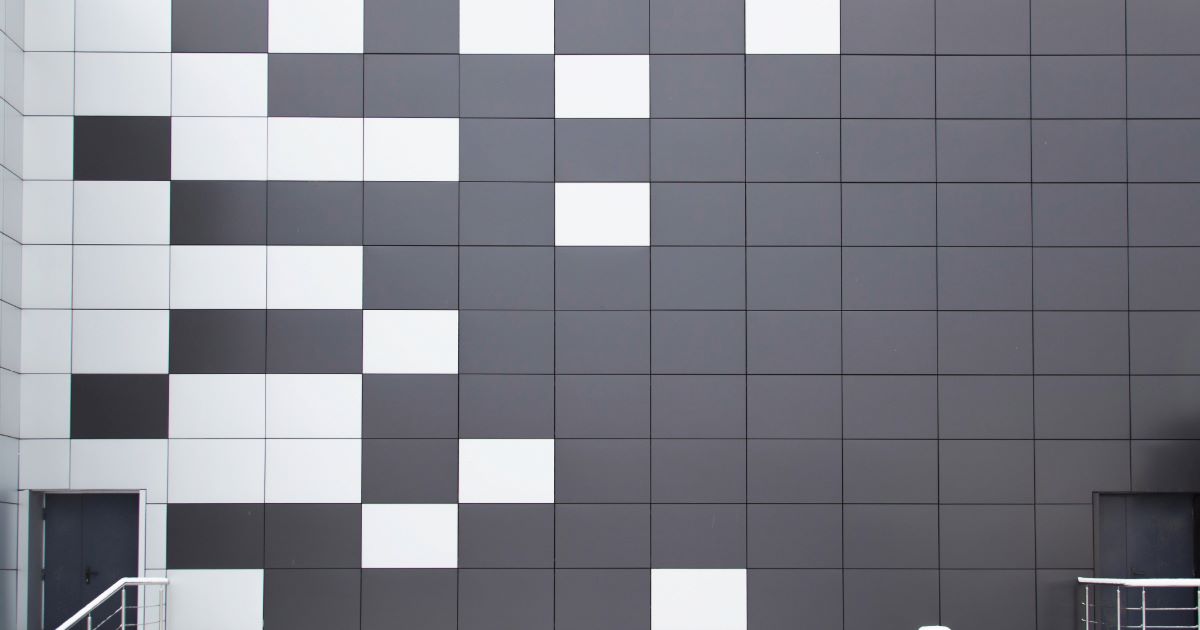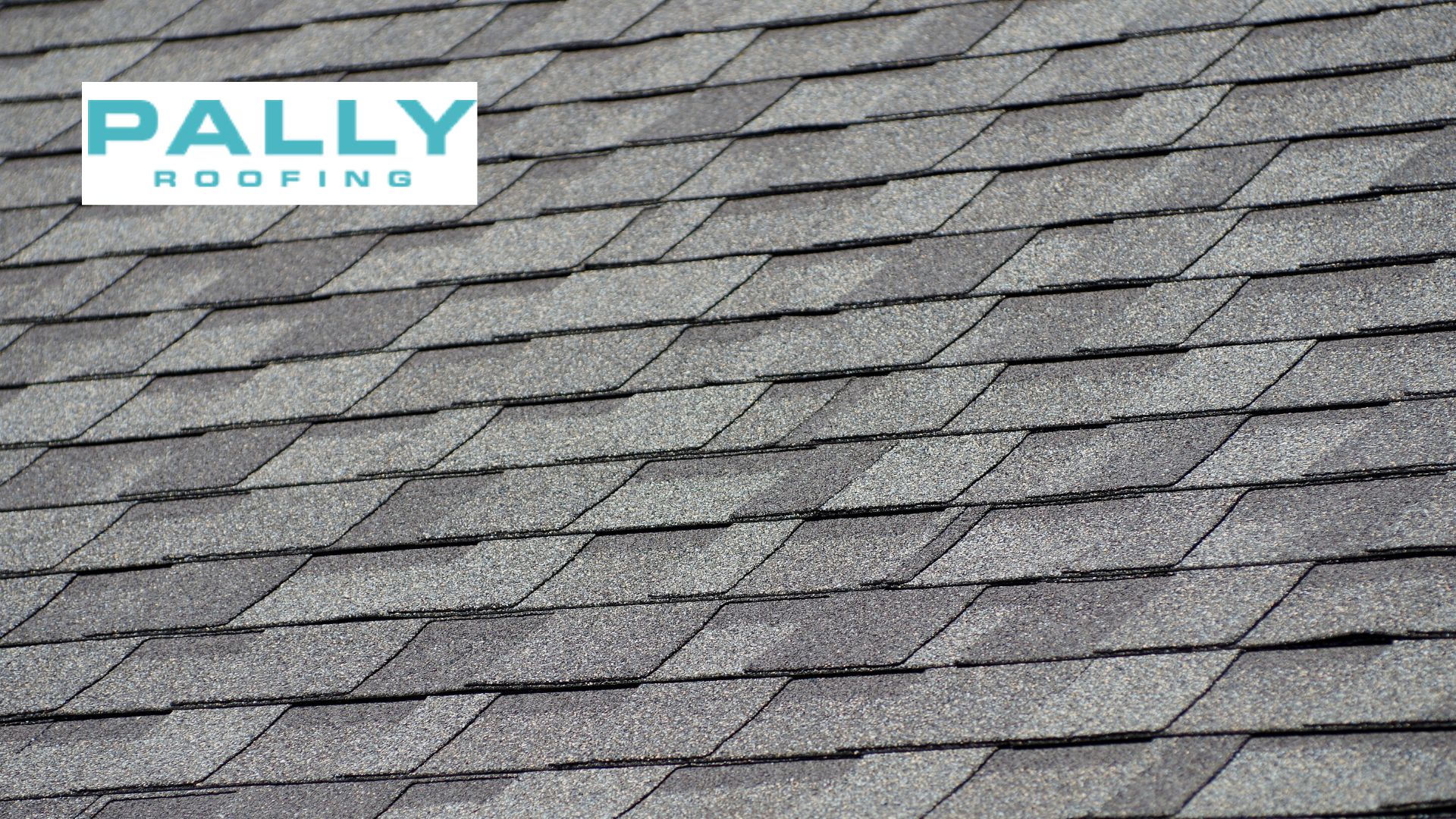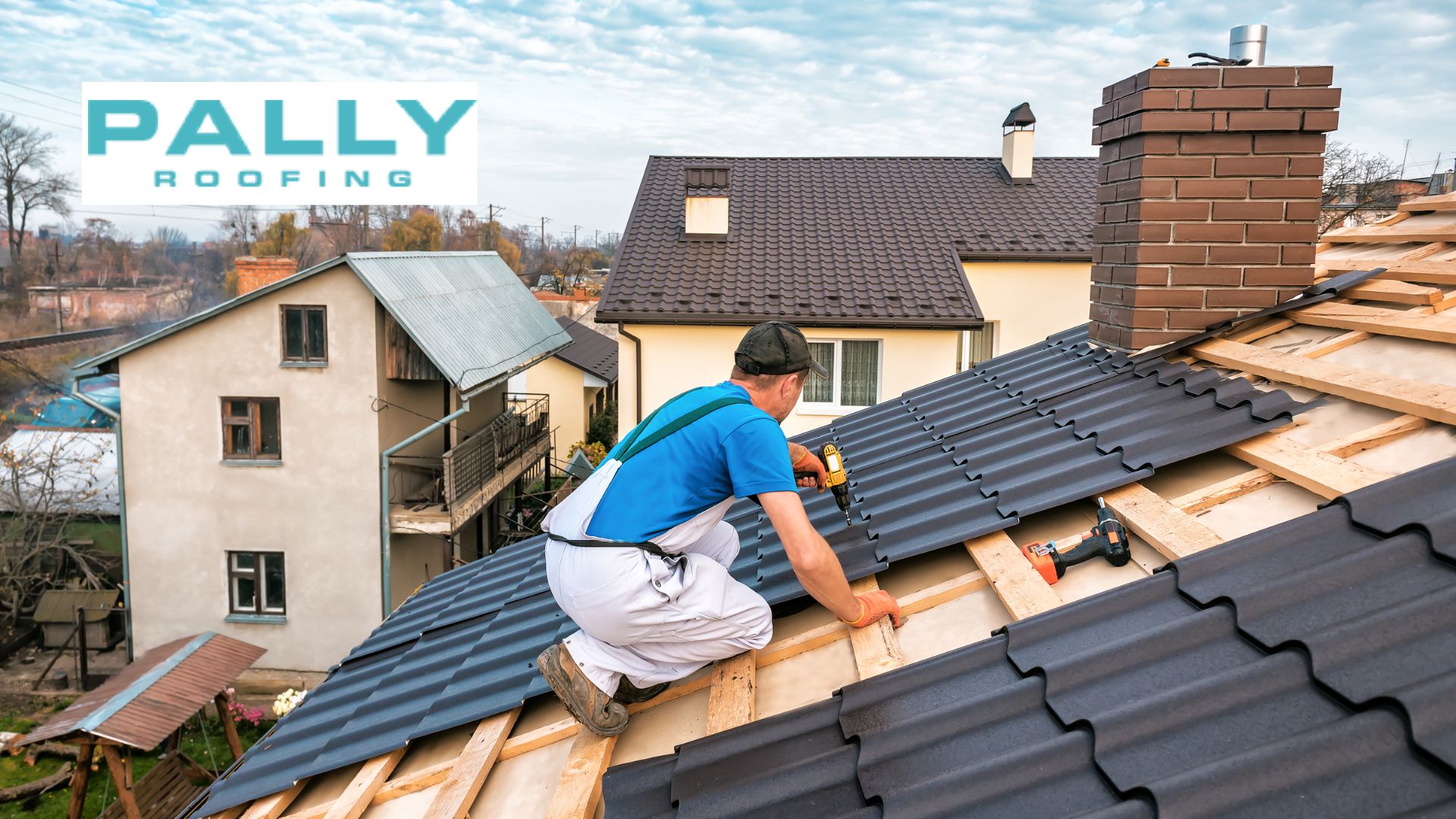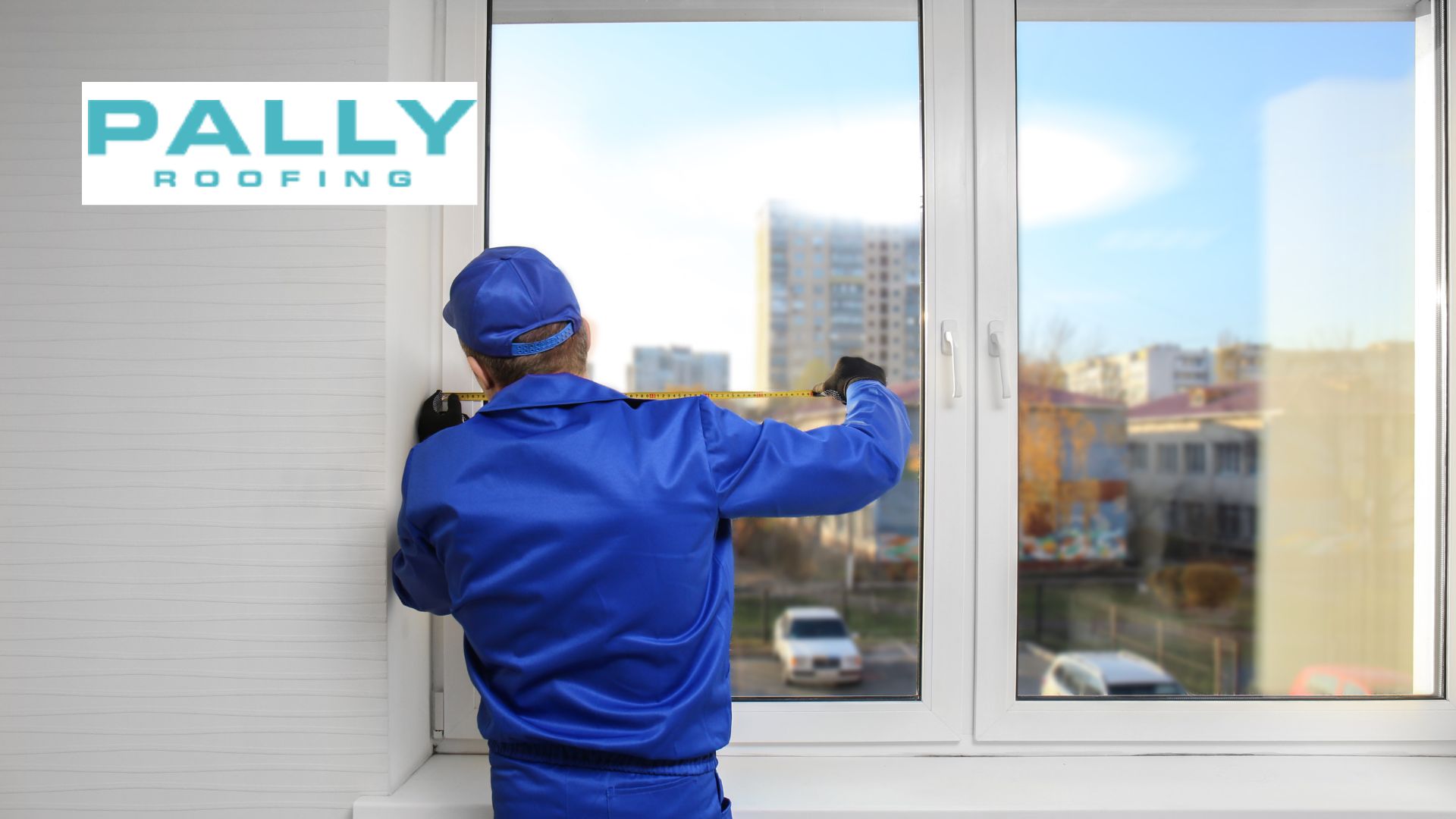Galvanized roofing is one of the many durable options they offer. It is a popular choice in the industry due to its long-lasting strength and affordability. Coated with zinc to prevent rust and corrosion, galvanized roofs offer superior protection against the elements.
This makes them ideal for residential and commercial applications, providing excellent value by combining durability with low maintenance costs. In a market where roof longevity and cost-efficiency are key, galvanized roofing is an innovative, sustainable investment.
Table of Contents
Pally Roofing is a trusted name in the roofing industry, known for delivering exceptional roofing solutions that meet the needs of both residential and commercial clients. With years of experience, Pally Roofing specializes in high-quality total roof replacements, roofing repairs, and installations that stand the test of time. Whether total roof replacements using durable metal roofing or essential roofing repairs, their services ensure superior protection for your home or business.
What is Galvanized Roofing?
Galvanized roofing is created by coating steel or iron with a protective zinc layer, preventing rust and corrosion. This process, known as galvanization, involves dipping the metal into molten zinc or applying a zinc coating through electrochemical means. The zinc barrier protects the underlying metal from moisture and oxygen, extending the roof’s lifespan significantly.
Galvanized roofing commonly uses steel or iron, which are chosen for their strength and durability. This type of roofing is widely used in residential homes, commercial buildings, and industrial facilities due to its resistance to harsh weather, affordability, and low maintenance needs. Whether in a home or large-scale facility, galvanized roofing provides reliable, long-term protection.
Types of Galvanized Roofing
- Galvanized Corrugated Roofing:
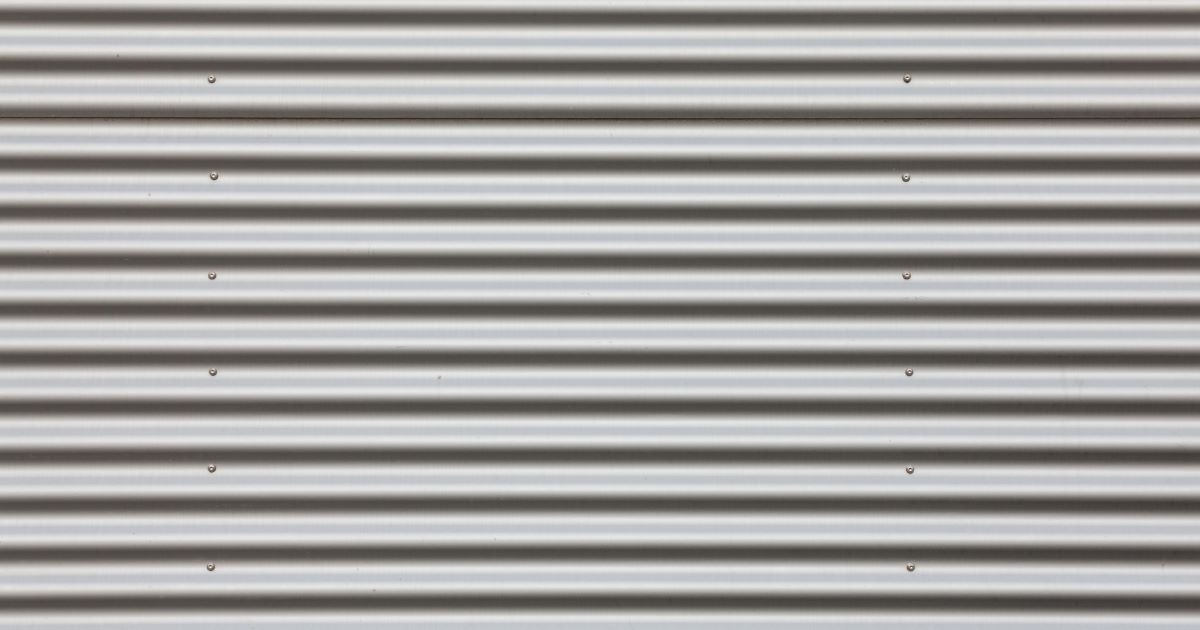
This type features ridged, wavy patterns, making it exceptionally strong and ideal for industrial and agricultural applications. Its robust structure allows it to handle heavy loads and extreme weather, making it a preferred choice for barns, warehouses, and factories. - Galvanized Metal Shingles:

Galvanized metal shingles offer a sleek, modern look and are prevalent in residential homes. They provide excellent durability while enhancing the property’s aesthetic appeal. These shingles mimic traditional roofing materials but offer the added benefits of corrosion resistance and longevity. - Galvanized Panels:
Commonly used in commercial buildings and modern architectural projects, galvanized panels are large, flat sheets that provide a clean, streamlined appearance. Due to their durability and stylish finish, they are often used in office buildings, retail spaces, and contemporary home designs. - Galvanized metal tiles:

These steel or ceramic tiles are exceptionally durable and offer a sleek, modern appearance. Their installation is straightforward and hassle-free. Additionally, they are water-resistant, protecting against water seepage.
Advantages of Galvanized Roofing
- Corrosion Resistance:
The zinc coating on galvanized roofs serves as a protective shield against rust and corrosion. By preventing moisture and oxygen from reaching the steel or iron underneath, galvanized roofs last significantly longer, especially in areas prone to rain, humidity, or salty air. - Affordability:
Galvanized roofing is more cost-effective than aluminum, copper, or stainless steel. It offers a high level of durability at a fraction of the price, making it a wise investment for homeowners and businesses seeking long-lasting protection without a hefty price tag. - Durability:
Galvanized steel is known for its exceptional strength and resistance to extreme weather conditions, including heavy rains, strong winds, and snow. Its rugged exterior ensures the roof remains intact and functional for decades, making it ideal for long-term use in various climates. - Low Maintenance:
Galvanized roofs require little upkeep, as the zinc coating naturally resists wear and tear. Occasional inspections and minor cleanings are typically enough to maintain the roof’s appearance and function, saving homeowners time and money on maintenance over the years.
Installation Process of Galvanized Roofing
- Site Preparation:
Pally Roofing begins by inspecting the structure to ensure it can support the new galvanized roof. Any necessary repairs or reinforcements are made to provide a solid foundation. - Measuring and Cutting:
The roof area is measured precisely, and galvanized sheets or shingles are cut to size using specialized metal cutting tools to ensure a perfect fit. - Laying the Underlayment:
A waterproof underlayment is installed to provide additional protection against leaks and moisture. This step is crucial for enhancing the roof’s overall durability. - Installing Galvanized Sheets/Shingles:
The galvanized materials are laid out, starting from the bottom edge and working upward. Each piece is secured with corrosion-resistant fasteners, ensuring a tight, weatherproof seal. - Finishing Touches:
Flashings, ridges, and edges are sealed to prevent water intrusion. Pally Roofing uses expert techniques to ensure all joints and overlaps are adequately secured for maximum protection.
Expertise and Tools:
Installing galvanized roofing requires professional expertise, precision, and the right tools, such as metal shears, power drills, and safety equipment. Pally Roofing’s experienced team ensures a flawless installation that maximizes the roof’s lifespan and performance.
Maintenance Tips for Galvanized Roofing
- Regular Cleaning:
Keep the roof clear of debris, such as leaves, branches, and dirt, which can trap moisture and cause damage. Use a soft brush or low-pressure water hose to gently clean the surface without damaging the zinc coating. - Periodic Inspections:
Inspect the roof at least twice yearly for signs of rust, loose fasteners, or damaged sections. Pay special attention to seams, edges, and areas around chimneys or vents where leaks may develop. - Prompt Repairs:
Address any issues, such as rust spots or loose screws, immediately to prevent further damage. Minor problems can quickly escalate if left unattended, shortening the roof’s lifespan.
Cost of Galvanized Roofing
Three main factors influence the cost of galvanized roofing:
- Materials: Galvanized steel is relatively affordable compared to materials like copper or aluminum. The zinc coating adds durability without significantly increasing the price.
- Installation: Professional installation may cost more due to the expertise required, but it ensures a longer-lasting roof, reducing future expenses on repairs or replacements.
- Maintenance: Galvanized roofs require minimal maintenance, further reducing long-term costs compared to materials that need frequent upkeep.
Long-term Savings:
While the initial investment in galvanized roofing may be higher than asphalt shingles, its long lifespan and low maintenance costs result in substantial long-term savings. Homeowners and businesses benefit from fewer repairs and replacements, making galvanized roofing a cost-effective option over time.
Conclusion
Galvanized roofing offers exceptional benefits, including corrosion resistance, durability, affordability, and low maintenance. It is an ideal long-term solution for residential, commercial, and industrial buildings. Its strength and ability to withstand harsh weather conditions ensure long-lasting protection for your property.
Pally Roofing is the best choice for roofing installations and maintenance. With their expertise, high-quality artistry, and comprehensive services, Pally Roofing ensures your roof looks great and performs reliably for decades. Trust Pally Roofing for a smooth, professional experience from installation to ongoing care.
References:
- Galvanized Steel: Types, Uses, Benefits
- Source: National Material Company
- URL: National Material Company
Author
-

With more than 16 years of hands-on experience, Phillip Schmucker is the knowledgeable owner of Pally Roofing. His dedication to superior roofing services has earned him a reputable place in the industry. Phillip also shares his extensive expertise through writing, providing readers with practical tips and professional advice on various roofing topics. Follow him on LinkedIn.
View all posts

